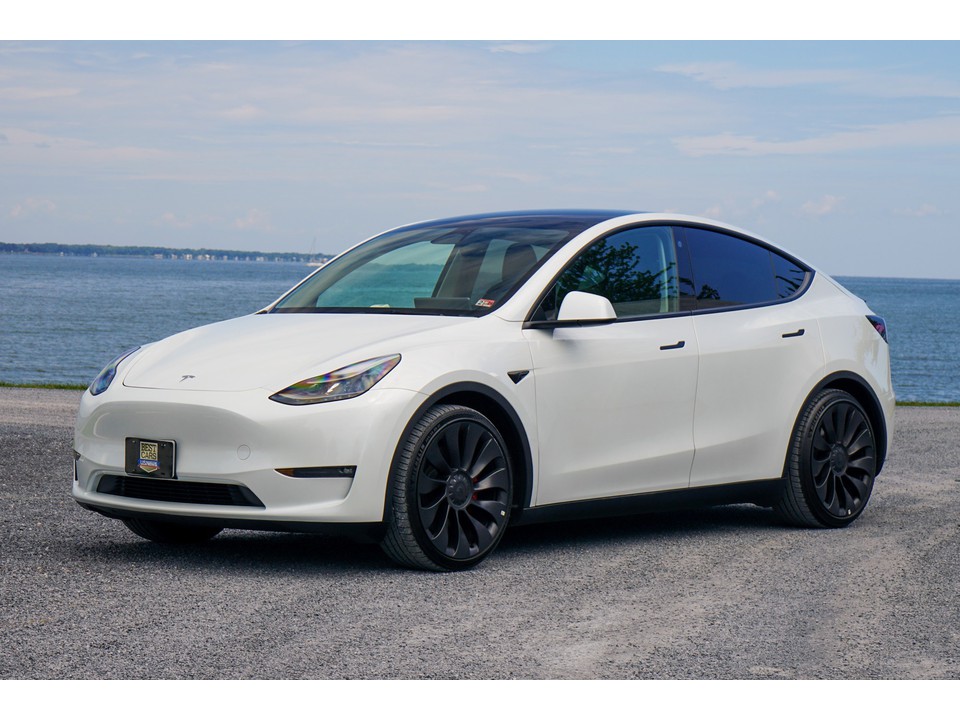Exceeded 3 million vehicles! Why can China's auto export rise rapidly?
Statistics show that last year, China's total automobile exports exceeded 3 million vehicles, surpassing Germany's 2.61 million vehicles, becoming the world's second largest exporter of passenger vehicles after Japan. Lift.
In the context of global carbon reduction, the electrification trend of the auto industry is irreversible, and the Chinese auto industry has the opportunity to take this opportunity to achieve "overtaking on a curve".
A new chapter for China's auto exports
Statistics from the China Association of Automobile Manufacturers (CAAM for short) show that in 2022, China will export 3.111 million automobiles, a year-on-year increase of 54.4%. Exports have become an important driving force for the growth of the automobile industry. From more than 2 million vehicles in 2021 to more than 3 million vehicles in 2022, China's auto exports have completed a milestone leap in the past two years, and this has opened a new chapter in China's auto exports.

In the list of export volumes of complete vehicle companies, SAIC, Chery and Tesla ranked the top three with 906,000, 452,000 and 271,000 vehicles respectively. Among them, SAIC Group monopolizes nearly 30%, and its export volume has increased by 51.48% year-on-year, hitting a record high; Tesla brand has the attribute of "Made in China" due to the Shanghai Super Factory. Last year, it delivered more than 710,000 vehicles, an increase of 48% year-on-year; The export volume of Chery Group reached 452,000 vehicles, a year-on-year increase of 67.7%; the export volume of Changan, Dongfeng, Geely and other auto companies also achieved a substantial increase of over 50% year-on-year.
Behind the series of sales data is not only the rise of my country's independent brands, but also the general recognition of new energy vehicles in the global market.
In recent years, independent car companies such as BYD, Chery, Great Wall, and Geely have continued to accelerate their overseas expansion. In the second half of last year, BYD landed in Japan, Southeast Asia, Europe and other markets one after another, and won a large order of 100,000 new energy vehicles from a German car rental company. Geely Automobile signed a contract with Tawil Automobile Group to officially develop the Oman market, and invested heavily in Renault Korea to enter the Korean market. The Lynk & Co brand also strengthened its Asia-Pacific strategy by completing the delivery to the Olympic Council of Asia.
At the same time, the domestic auto export market is gradually expanding. "Before 2020, Saudi Arabia, Bangladesh, Egypt, etc. are the main overseas markets for China's auto exports. In 2021, the structure of auto exports will be optimized, and overseas markets will mainly be concentrated in Belgium, Chile, Saudi Arabia and other countries. With new energy vehicles going abroad, Since last year, Europe and North America have become the two major growth markets for China's auto exports." Cui Dongshu, secretary-general of the National Passenger Car Market Information Association, introduced.

With the acceleration of overseas expansion, the overall vehicle quality standards of independent brands are also in line with the world. Since last year, a number of Chinese electric vehicles such as NIO ES8, BYD Atto, and WEY brand Coffee 01 have received five-star ratings from the European New Car Assessment Program (NCAP). Achieving the rating requires test vehicles to be equipped with active and passive safety features that go well beyond the basic requirements of the law, including additional airbags and systems such as driver assistance and driver monitoring.
More and more domestic new energy vehicles have been recognized, reflecting the continuous improvement of product competitiveness. Data show that since 2022, the average price of China's auto exports will reach US$18,900, of which the average price of pure electric vehicles will be US$25,800. According to Inovev, a French automotive consulting company, by 2030, electric vehicles will account for 40% of new car sales in Europe, and Chinese brands will account for 12.5% to 20% of the all-electric vehicle market, with sales ranging from 725,000 to 1.16 million. . Industry analysts believe that with the gradual improvement of product competitiveness, China's auto exports have entered a new stage.
Why can China's auto export rise rapidly?
"From 2 million vehicles in 2021 to 3 million vehicles in 2022, China's auto exports have shown a rapid growth trend in the past two years." Xu Haidong, deputy chief engineer of the China Association of Automobile Manufacturers, said that the rapid growth of China's auto exports is closely related to overseas markets. There is an inseparable relationship between market demand and the continuous improvement of the competitiveness of Chinese auto brands.
First of all, due to factors such as the epidemic and regional conflicts, the industrial chains in some overseas markets have not fully recovered, which has brought export opportunities for Chinese auto brands. At the same time, some countries represented by Europe are vigorously developing electric vehicles, and Chinese electric vehicle brands have better product quality and promotion experience, helping China's new energy vehicle products to better expand to these countries. Secondly, after years of accumulation, Chinese auto brands have greatly improved in terms of product quality and brand competitiveness, which provides opportunities for Chinese brands to explore overseas auto markets including Europe.

Meet the challenge and sprint for a 20% increase
At present, the global auto industry is undergoing a century-old change. Adding factors such as the conflict between Russia and Ukraine, the weak recovery of the global economy and trade, and the poor operation of the auto industry and supply chain, China's auto exports are facing unprecedented opportunities and challenges.

First, demand in the global auto market is sluggish. Since 2022, the growth momentum of global trade has been insufficient, and the demand for automobiles in major countries such as Europe and the United States has generally declined. But at the same time, Europe and other regions are vigorously promoting the marketization of electric vehicles.
Secondly, the shortage of raw materials such as chips and batteries still exists, and the stability of the global auto industry chain still needs to be strengthened. McKinsey and Boston Consulting Group predict that the shortage of automotive chips may continue until 2026, or even 2030.
Again, international logistics transportation is still a constraint. At present, the cost of international logistics and transportation of automobiles is still at a high level, and the shipping cycle is difficult to be guaranteed, which makes the export of products have great delivery risks.
Finally, the overseas marketing and after-sales service networks of Chinese auto brands, including financial services such as overseas consumer credit, still need to be strengthened. Xu Haidong, deputy chief engineer of the China Association of Automobile Manufacturers, emphasized that if Chinese auto brands want to achieve better development overseas, they must build a good after-sales service system and do a good job in brand promotion and service in order to have a longer-term development.
In the future, China's auto export will usher in a huge space for development. The China Association of Automobile Manufacturers predicts that, conservatively, China's auto exports are expected to grow by 20% in 2023. Even more companies are optimistically judging that by 2023, China's auto exports are expected to reach 4 million. Among them, the export of new energy vehicles will become an important contributor to the growth of China's auto exports.

 Russian
Russian




